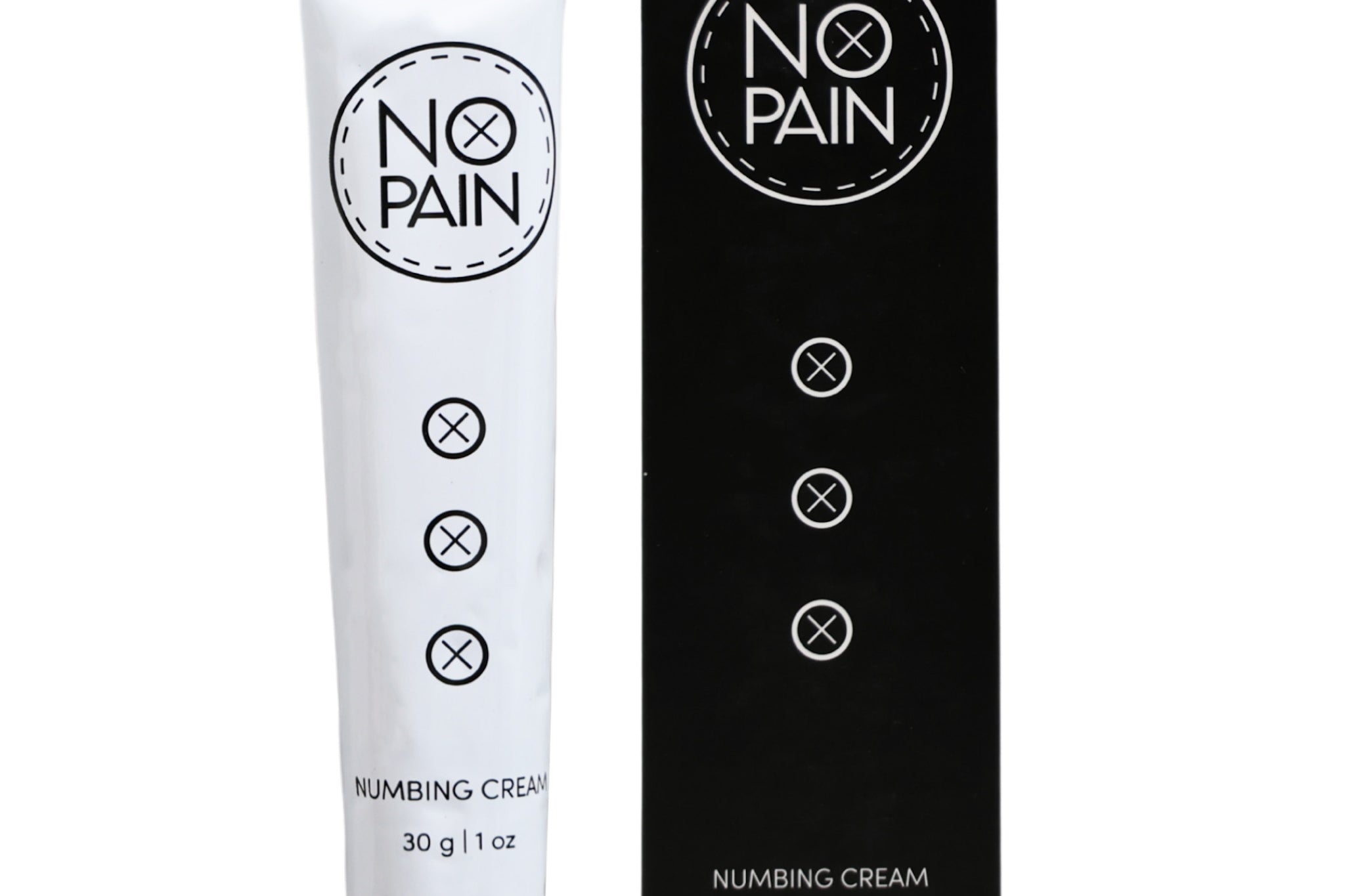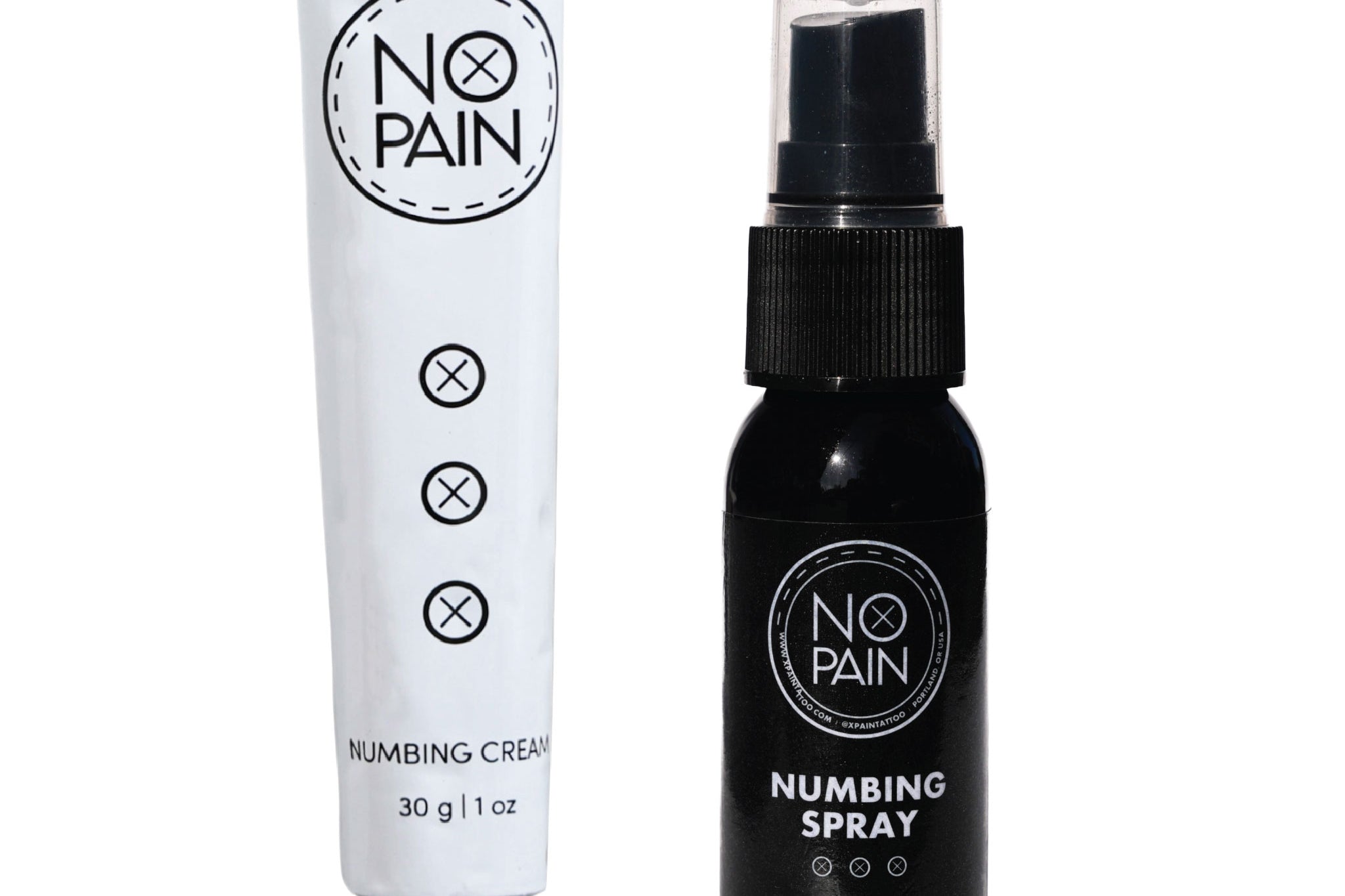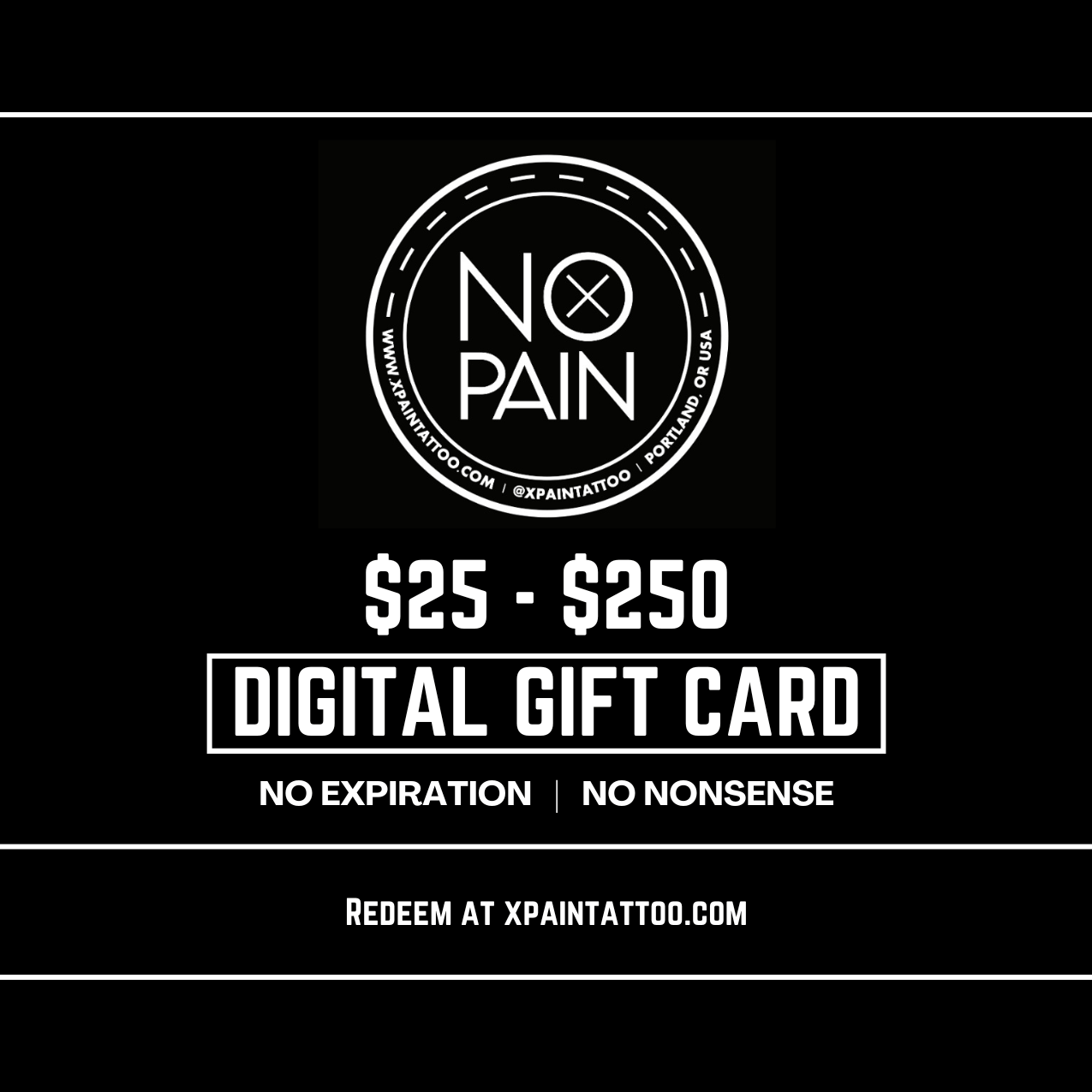You got it a few days ago, and you're anxiously examining your new tattoo. While you expected some initial soreness and swelling, it's now past the 72-hour mark, and the area is still quite red, puffy, and warm to the touch. You start searching online, and a wave of anxiety hits: "Is this normal? Or is something wrong?"
This is a very common concern, and the answer is: it depends. A certain amount of redness and swelling after three days can be perfectly normal, especially for certain types of tattoos and placements. However, it can also be the first sign of a developing problem. Knowing how to tell the difference is key.
Disclaimer: We are aftercare experts, not doctors. This guide is for informational purposes. If you are in severe pain or have serious concerns about an infection, please contact a medical professional immediately.
"Normal" Scenarios: Why Your Tattoo Might Still Be Angry
If your tattoo is still red and swollen after three days, it doesn't automatically mean something is wrong. Here are a few common reasons for prolonged, but normal, inflammation:
-
It Was a Heavy Session: If your tattoo involved a lot of dense ink packing—like solid blackwork or a full-color piece—the artist had to go over the skin many times. This causes more initial trauma, and the resulting inflammation will naturally take longer to subside. It's not uncommon for these heavily saturated tattoos to stay puffy and red for 4-5 days.
-
It's in a Sensitive Placement: Some body parts just swell more than others. Tattoos on fleshy areas or parts of the body that are lower down (like the inner bicep, calves, ankles, and feet) are notorious for staying swollen for longer. Gravity plays a role, and it simply takes more time for the fluid to dissipate.
-
You Simply Have Sensitive Skin: Some people just have more reactive skin than others. If you're someone who gets a bright red mark from a minor scratch, your skin is likely to stay inflamed for a bit longer after the significant trauma of a tattoo.
In all of these "normal" cases, the most important indicator is that the symptoms, while persistent, are gradually improving, even if it's very slow. The pain should be lessening, and the redness should not be spreading.
The Red Flags: When to Be Concerned
This is when you need to pay close attention. If you experience any of the following, it's a sign of a potential problem, and you should consult a doctor.
-
The Pain is Worsening: This is the biggest red flag. Normal healing soreness subsides. If your pain is getting more intense after day 3, it's a clear sign that something is wrong.
-
The Redness is Spreading: Normal redness is localized around the tattoo. If you see the red area expanding outwards, or worse, if you see red streaks leading away from the tattoo, this can be a serious sign of infection.
-
It's Accompanied by Other Symptoms: If the prolonged redness and swelling are paired with a foul odor, thick yellow or green pus, or you are developing a fever, these are classic signs of an infection.
How to Manage Normal Inflammation and Promote Healing
If you've determined that you're in the "normal but slow to heal" category, your aftercare routine is your best tool for calming the skin down and speeding up recovery.
The goal is to soothe the inflammation. This is the perfect scenario for our No Pain Tattoo Soothing Gel. Its primary job is to fight inflammation. The cooling formula provides immediate relief to the hot, puffy skin and can help reduce swelling and redness. Using it 3-4 times a day after cleaning can help calm down an "angry" but otherwise healthy tattoo.
Of course, this all starts with keeping the area impeccably clean with a gentle, antimicrobial wash like our No Pain Tattoo Cleansing Foam to prevent any potential infection from taking hold.
The Verdict: A tattoo that is still a bit red and swollen after 3 days isn't automatically a cause for panic. The key is to monitor the direction of the healing. Is it slowly getting better, or is it actively getting worse? If it's getting worse or you see any major red flags, call a doctor. If it's just a stubborn but slowly improving heal, be patient and focus on a great aftercare routine.




